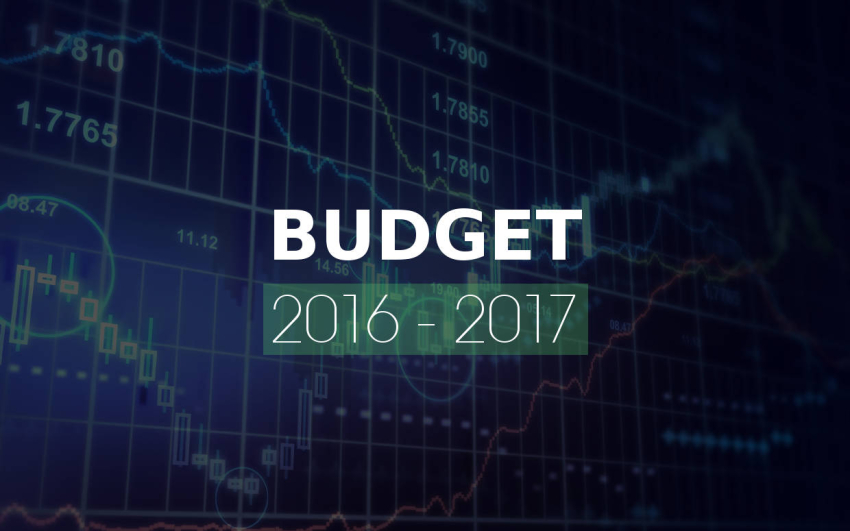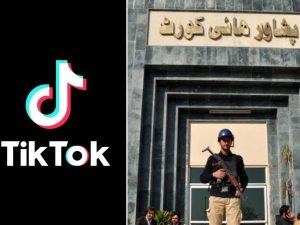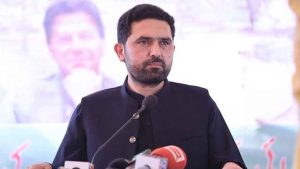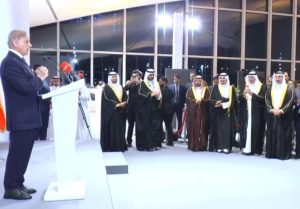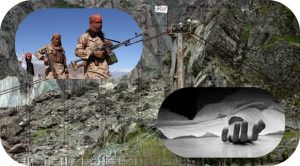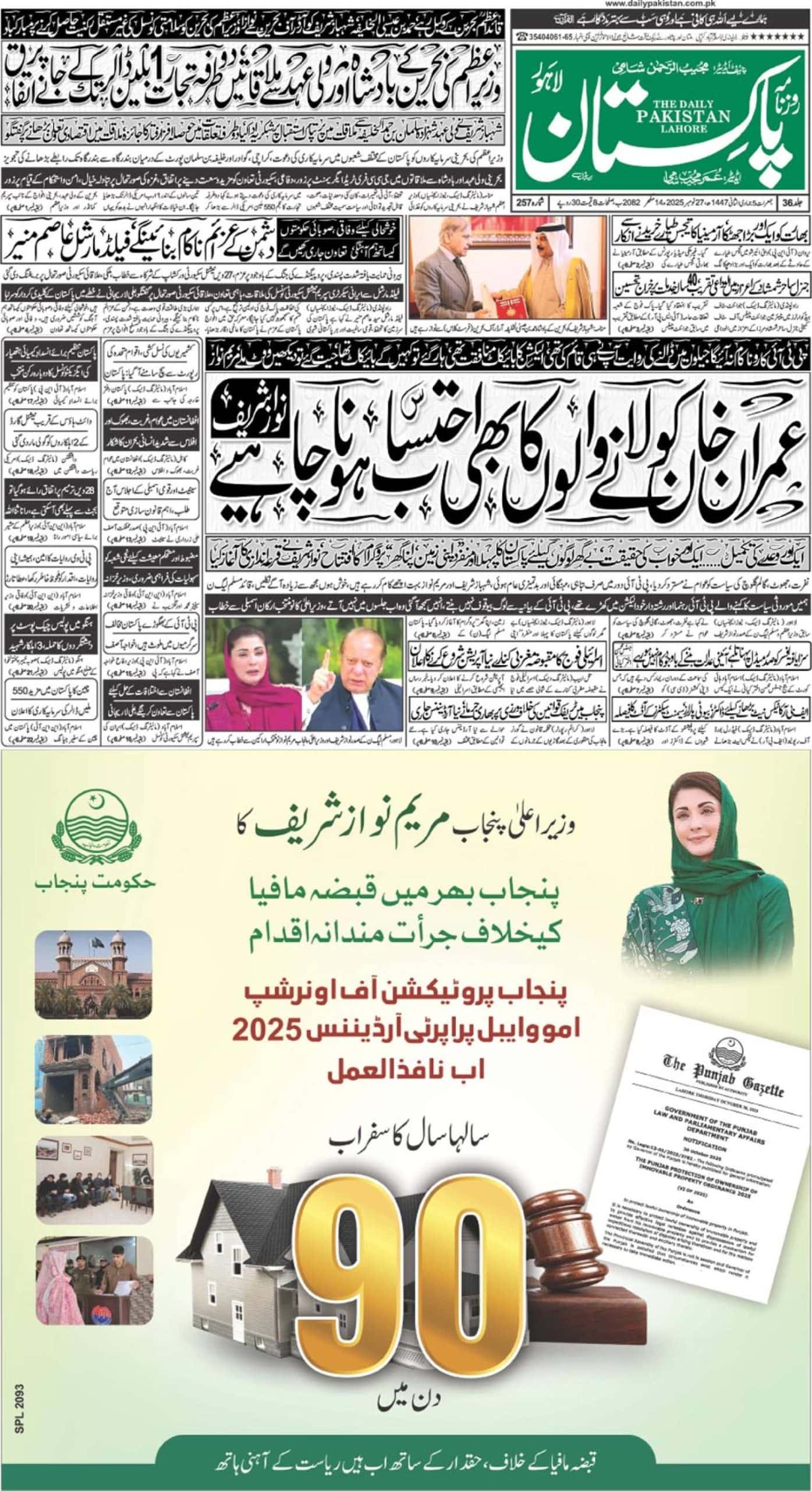ISLAMABAD (Staff Report) – Finance Minister Ishaq Dar presented the PML-N led government’s fourth Rs. 4.4 trillion budget in the National Assembly on today (Friday).
Total Budget outlay: 4.394 trillion
The new budget is expected to focus on spurring economic growth and attracting investment, overcoming economic challenges, particularly the energy crisis, maintaining fiscal discipline, reducing non-development expenditures and introducing people friendly policies for the socio-economic prosperity of Pakistan.
The National Economic Council (NEC), chaired by Prime Minister Nawaz Sharif via video link from London approved a Rs. 1.675 trillion development outlay, which includes Rs. 800 billion for the federal Public Sector Development Programme (PSDP) and Rs. 875 billion for the provincial Annual Development Programme (ADP).
Read more: Budget 2016-2017: Rs 341billion allocated for uplift of agri-sector
Revenue
The tax revenue target set in the 2016/17 budget is 3.621 trillion, whereas the non-tax revenue target has been set at 0.960 trillion.
Property tax: 10% capital gains tax to be imposed on property sales within the next 5 years
The budget deficit target for FY 2016/17 has been set at 4.3% of the Gross Domestic Product (GDP). Excluding provincial surpluses, the budget deficit target has been set at 4% of GDP for FY 2016/17.
Corporate tax to be fixed at 31% by during FY 2016/17
The government will also work towards bringing down the fiscal deficit to 3.5% of GDP by FY 2017/18.
Properties with a rental income of at least Rs. 2 million will be taxed at 20%
Expenditure
General Public Services
In the Federal Budget FY 2016/17, the minimum wage has been increased by Rs. 1000 from the previous year to Rs. 14,000 per month.
The salary for Grade 1-15 employees of the Federal Government has been increased by 50%, whereas the pension for Federal Government employees has been raised by 10% in the FY 2016/17 budget. Those over the age of 85 will, on the other hand, receive an increase of 25% to their current pension.
Related: Federal Budget 2016-17: Federal govt employees get 10% increase in salaries
Defence
The Defence budget for FY 2016/17 is Rs. 959.5 billion, an increase of over Rs. 150 billion allocated to defence in the previous fiscal year. However, excluding planned expenditures for Defence Production, Rs. 860 billion will be spent on Defence in FY 2016/17.
Health
In the budget for FY 2016/17, Rs. 22.4 billion have been set aside for Health, compared to Rs. 11 billion allocated for health sector expenditures in the previous fiscal year.
Public Order and Safety
Rs. 100 billion have been allocated for the rehabilitation of Temporarily Displace Persons (TDPs) in the 2016/17 budget.
Education Affairs and Services
Total Education Affairs and Services Outlay (FY 2016/17): Rs. 79.5 bn
Out of the total outlay for this sector, Rs. 2.24 billion has been allocated in the 2016/17 budget for the Federal Education and Professional Division, whereas Rs. 2.2 billion had been allocated to the same in the previous fiscal year.
On the other hand, Rs. 21.5 billion has been set aside for the Higher Education Commission, compared to Rs. 20.5 billion in the previous fiscal year.
Recreation
No sales duty on the import of laptops and desktops
Taxes will be imposed on broadcasters airing foreign TV shows and serials in Pakistan in FY 2016/17.
A 2% withholding tax will also be levied on the production of local advertisements through foreign advertisement agencies and production houses.
Social Protection
The Benazir Income Support Program has been provided an increased outlay of Rs. 115 billion, compared to Rs. 102 billion in the last year. This amounts to Rs. 18,000 per annum per registered family.
Investment
China Pakistan Economic Corridor outlay: Rs. 46 billion
(projects include: Railways, Roads, Telecommunications, Energy and Connectivity)
Rs. 25 billion has been allocated for the development of gas infrastructure for FY 2016/17, whereas Rs. 130 billion has been set aside for development of the Energy sector.
Outlay for Diamer-Bhasha dam: Rs. 32 billion
Outlay for Dasu dam: Rs. 42 billion
Roads and Bridges construction has been allocated Rs. 130 billion for FY 2016/17, whereas projects for clean Water have been given Rs. 32 billion.
Cement price has been increased by Rs. 1 per kg
Telecom sector investment has been allocated Rs. 11.4 billion for FY 2016.17.
Pakistan Railways has been allocated Rs. 78 billion in the FY 2016/17 budget.
Agriculture:
Revised unit price for electricity (rural rate): Rs. 5.33
Revised fertilizer price (per bag): Rs. 1400 for Urea; Rs. 2500 for DAP
The Agriculture sector will be provided loans worth Rs. 700 billion in FY 2016/17.
Text of Ishaq Dar budget speech
A relief loaded and growth oriented federal budget for the next financial year has been announced with a total outlay of 4395 billion rupees.
Finance Minister Ishaq Dar described it a historic day for agriculture sector as the budget envisages extensive relief and incentives for farmers.
He said gross revenue receipts of the federal government for next financial year are estimated at 4915 billion rupees compared to revised figures of 4332 billion for outgoing year, showing an increase of thirteen point five percent. He said we have set an ambitious target for the tax collection which is a prerequisite to increase development spending.
Minimum wage FY 2016/17: Rs. 14,000 per month
The share of provincial governments out of these taxes will be 2136 billion rupees compared to 1852 billion for outgoing year, showing an increase of about fifteen point three percent. He said the net resources left with the federal government will be 2781 billion compared to revised estimates of 2481 billion rupees for outgoing year.
The current expenditure is estimated at 3400 billion rupees for next year against revised estimate of 3282 billion rupees for current financial year.
The defence budget is being increased from existing 776 billion rupees to 860 billion rupees for the next year, showing an increase of about eleven percent.
An allocation of 68 billion rupees has been made for 13 projects for development of Gwadar while 41 billion rupees is earmarked for modernization of Pakistan Railways.
The Higher Education Commission has been allocated 21 billion rupees for its 167 projects during next year. Separate funds for the laptop project and Afghans scholarship scheme have been provided outside the PSDP. Important initiatives in the next year include scholarship schemes for training of faculty, infrastructure of development of universities, implementing the ten thousand PhDs scholarship scheme, providing higher education access at district level and setting up skill universities.
Pakistan Atomic Energy Commission will receive 27.56 billion rupees. PAEC allocation includes over 22 billion rupees for Chashma Nuclear Power Projects C-III and C-IV, Radio Pakistan reported.
The budget also envisages seven billion rupees for ERRA and 20 billion rupees for Sustainable Development Goals and Community Development Programme.
About 25 billion rupees have been allocated in the budget for various health programmes including immunization, family planning, Prime Minister’s national health insurance and the proposed Cancer Hospital in Islamabad.
The Finance Minister announced tax relief and growth measures for different sectors of the economy.
He announced ten percent adhoc relief allowance on running basic pay to all federal government employees with effect from first of next month. Adhoc increases of 2013 and 2014 will be merged in the pay scales.
There will be ten percent increase in net pension to all pensioners of federal government. Twenty-five percent increase in net pension to all pensioners of federal government above eighty-five years of age will be given.
Special area compensatory allowance at the uniform rate of three hundred per month will be given to civil armed forces posted in border areas while special conveyance allowance to disabled employees would be given at the rate of one thousand rupees per month.
There is also an increase in integrated allowance to naib qasids and daftaries, revision of outfit allowance to Pak army officers, revision of late sitting conveyance charges, washing allowance , M.Phil allowance, additional charge allowance and current charge special pay.
The Finance Minister announced up-gradation of the post of LDC from basic scale seven to nine; UDC from nine to eleven; assistant from 14 to 16 and assistant incharge from BS-15 to 16. Posts of Khateebs have been upgraded from BS-12 to fifteen, Moazzan from 5 to seven and Khadim BS-5 to 6.
On the pattern of increase in the pay of government employees, the minimum wage of labour has also been increased from 13000 to 14000 per month.
In order to promote information technology, sales tax is being exempted on import of laptops and PCs. Sales tax rate on second hand clothing is being reduced from existing ten to eight percent.
Sixteen percent federal excise duty on services like advertisement on CCTV and cable TV, shipping agents, banking companies, insurance companies, cooperative financing societies, modarabas, musharakas, forex dealers and stock brokers is being withdrawn where provincial sales tax is payable.
Enumerating the salient features of media term micro framework 2016-19, the Finance Minister said that GDP growth rate will be enhanced to seven percent in the next three years.
He said inflation rate will be kept at single digit while investment to GDP ratio will be enhanced to 21 percent. He said that fiscal deficit will be brought down to 3.5 percent while tax to GDP ratio will be enhanced to 14 percent.
Ishaq Dar said that foreign exchange reserves will be pushed up thirty billion dollars. He said given the economic performance last three years, this micro-economic framework is very much implementable.
He said that the government has also chalked out a comprehensive plan to encourage private investment in different sectors including transport and infrastructure. He said similarly, foreign direct investment will be facilitated which will help enhance the economic activity in the country. He said our plan also envisages establishment special economic zones which will create job opportunities for youths.
Ishaq Dar said promotion of health and education as well as poverty alleviation and women empowerment are the main targets of the Public Sector Development Programme. He said the government is also giving priority to the construction of Small dams especially in Balochistan and Khyber Pakhtunkhwa province.
The Finance Minister also announced a series of measures for the provision of telecommunication and internet facilities in the far flung areas of the country.
The budget envisages that Capital Gain on disposal of immovable properties be taxed at a rate of ten percent if the property is sold within five years of acquisition.
It has been proposed to increase the rate of withholding tax in case of sale of property from zero point five percent to one percent for filers and from one percent to two percent for non-filers. In case of purchase of property, the rate is being increased from one to two percent for filers and from two to four percent for non-filers.
The rate of withholding tax for services by print and electronic media is being enhanced from one percent to one point five percent and this will be treated as final tax in respect of income from these receipts.
The rate of withholding tax for commercial bills of electricity above twenty thousand rupees is being increased from existing ten percent to twelve percent. There will be no change for industrial consumers.
The budgetary proposals envisage that an adjustable withholding tax at the rate of three percent of the value of vehicle be collected by every bank or leasing company from non-filers at the time of lease.
Withholding tax rate for non-filers is being increased from fifteen to twenty percent on winning of prize bonds.
The Finance Minister pointed that zero rating of stationery items is open to misuse and announced withdrawal of the facility. Similarly, he proposed that zero rating on preparations for infant use milk may be retained while zero rating on milk and fat filled milk sold in retail packing be withdrawn.
Ishaq Dar said the rate federal excise duty on cement at the rate of five percent of the retail price is being replaced with fix rate basis at the rate of one rupees per kilogram.
The existing sales tax rate on mobile phones are being increased from the existing five hundred to one thousand rupees and from one thousand rupees to 1500 rupees. The rate of tax on low category mobile will remain unchanged at 300 rupees.
The Minister also announced increase in tax rate of about twenty-three paisa per cigrate for lower tier cigrattes and fifty five paisa per cigratte for higher tier cigrattes.
The rate of federal excise duty on aerated waters is being increased from the existing ten point five percent to eleven point five percent.
He announced reduction of tariff slabs from five to four. The new general slabs will be three percent, eleven percent, sixteen percent and twenty percent. From next year the two percent and five percent slabs will be merged in the new slab of three percent.
Finance Minister Muhammad Ishaq Dar laid before the House Supplementary Demands for Grants and Appropriations for the financial year 2015-16.
The Finance Minister introduced The Finance Bill, 2016 in the House to give effect to the financial proposals of the Federal Government for the next fiscal year and to amend certain laws.
The House will now meet on Monday at four in the afternoon.

